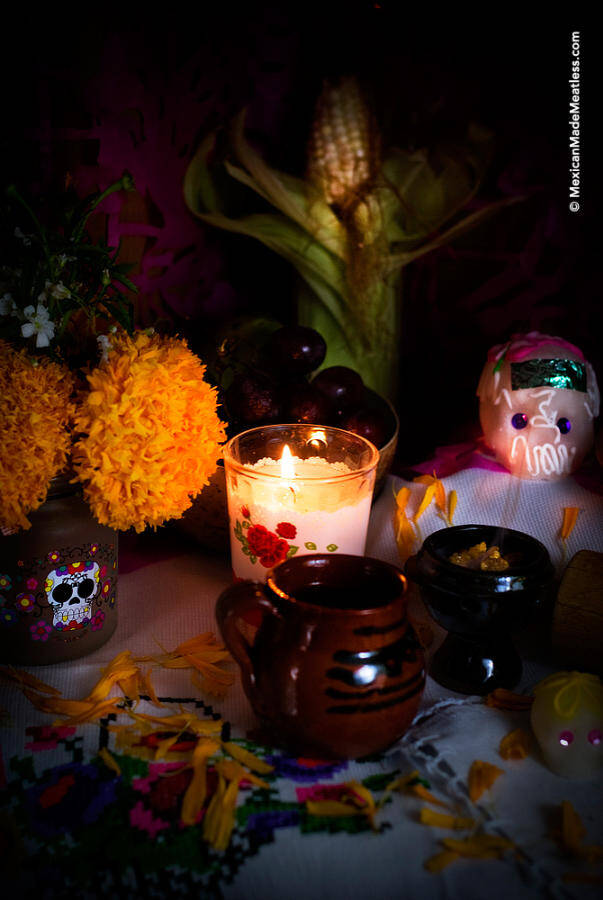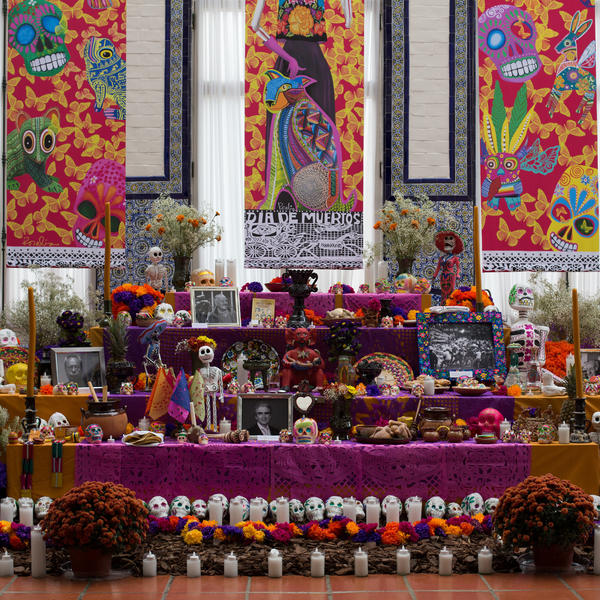
Tonatiuhichan or “house of the sun”: here came the warriors who died in battles, those who were captured to be sacrificed and pregnant women. The most relevant were between September and November, right at the end of the harvest thus, this culture considered that there was something else after death and therefore, they considered that there were four possible destinations, depending on how the earthly life ended: One of the most hegemonic pre-Hispanic cultures were the Mexica, who had several dates throughout the year to commemorate their dead. The origin of this celebration dates back to pre-Hispanic times, because death was a fundamental element in those cultures, so that death was not only an absence of life for them, but it was also represented in an altar that was offered to visitors. One of the most well-known festivities in Mexico is the Day of the Dead, that date in which, according to beliefs, people who have left this earthly plane return to visit their families and are worshiped with offerings and altars that integrate different elements according to the person to whom it is dedicated here is a little more history about the Day of the Dead. These famous “little flags” are made of tissue paper and there are countless techniques and designs used to make them.“Our cult of death is a cult of life, just as the love that is a hunger for life is a longing for death”. – Red: warriors and women who died during childbirth This traditional decorative art represents happiness through colors, each of which also has a special meaning. Colored icing sugar is then used to add eyes and a smile. The mixture makes a putty which is poured into a mold, giving it the shape of skull. The traditional Mexican recipe is made with sugar, hot water and a little lemon juice. The Spanish also modified this tradition, using sugar skulls made with alfeñique a Spanish cane sugar confection. The circle in the center symbolizes the skull and the lines on the sides of the bread are the bones.Īnother customary sacrifice was the “tzompantli”, an altar with a row of skulls on a string. The conquering Spanish did not adopt these practices entirely they created an anatomical heart-shaped bread to symbolize the ritual, which they would cover in red sugar to represent the blood. They would then bite them as a way of thanking the gods for good harvests or being able to defeat the enemy.


The bread of the dead’s origins date back to pre-Hispanic times, when men sacrificed the heart of princesses and placed them in pots with amaranth. Undoubtedly, the three most essential elements are the pan de muerto (special bread baked for the day), skulls made of sugar and colorful cut paper designs. Some of the most common offerings for Dia de los Muertos are incense, candles, water, alcoholic beverages and marigold flowers. A cross made of seeds or fruits, embodying the religious beliefs of the ceremony.Photographs of the person or people who have passed away.Fruits and the favorite foods of the deceased.Bread, an offering of food to the spirits.Salt, which is placed on the altar to represent purification of the spirit.The images are placed so that the deceased may leave purgatory easily in case they find themselves there. The following guidelines are used to create a seven-level altar: Seven levels represent the seven necessary steps to heaven. Two-level altars represent heaven and earth the third level is added to symbolize purgatory.

#DIA DE LOS MUERTOS ALTAR LEVELS FULL#
Their meaning lies in the belief that the spirit of the deceased returns to the world of the living to console them for their loss.Īltars have two to seven levels and each is full of symbols. A day’s activities normally include going to the cemetery where loved ones are laid to rest and paying tribute to them with elaborate altars.Īltars embody the ideology of a people they are a physical portrayal of their view of death. Things to do Dia de los Muertos: One of the Most Mexican Traditions of AllĮvery year on November 2nd Mexico celebrates Dia de Los Muertos or Day of the Dead a holiday that is one of the ultimate representations of our culture.


 0 kommentar(er)
0 kommentar(er)
